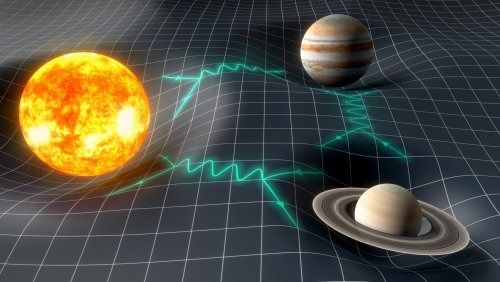Playing with fire can be dangerous and never more so than when confined in a space capsule floating 250 miles above the Earth. But in the past week astronauts onboard the International Space Station have intentionally lit a series of blazes in research designed to study the behaviour of flames in zero gravity.
The scientists behind the experiment, called Confined Combustion, say it will help improve fire safety on the ISS and on future lunar missions by helping predict how a blaze might progress in low gravity conditions.
Dr Paul Ferkul, of the Universities Space Research Association, who is working on the project, said: “That is the immediate and most practical goal since NASA can use the knowledge to improve material selection and fire safety strategies.”






